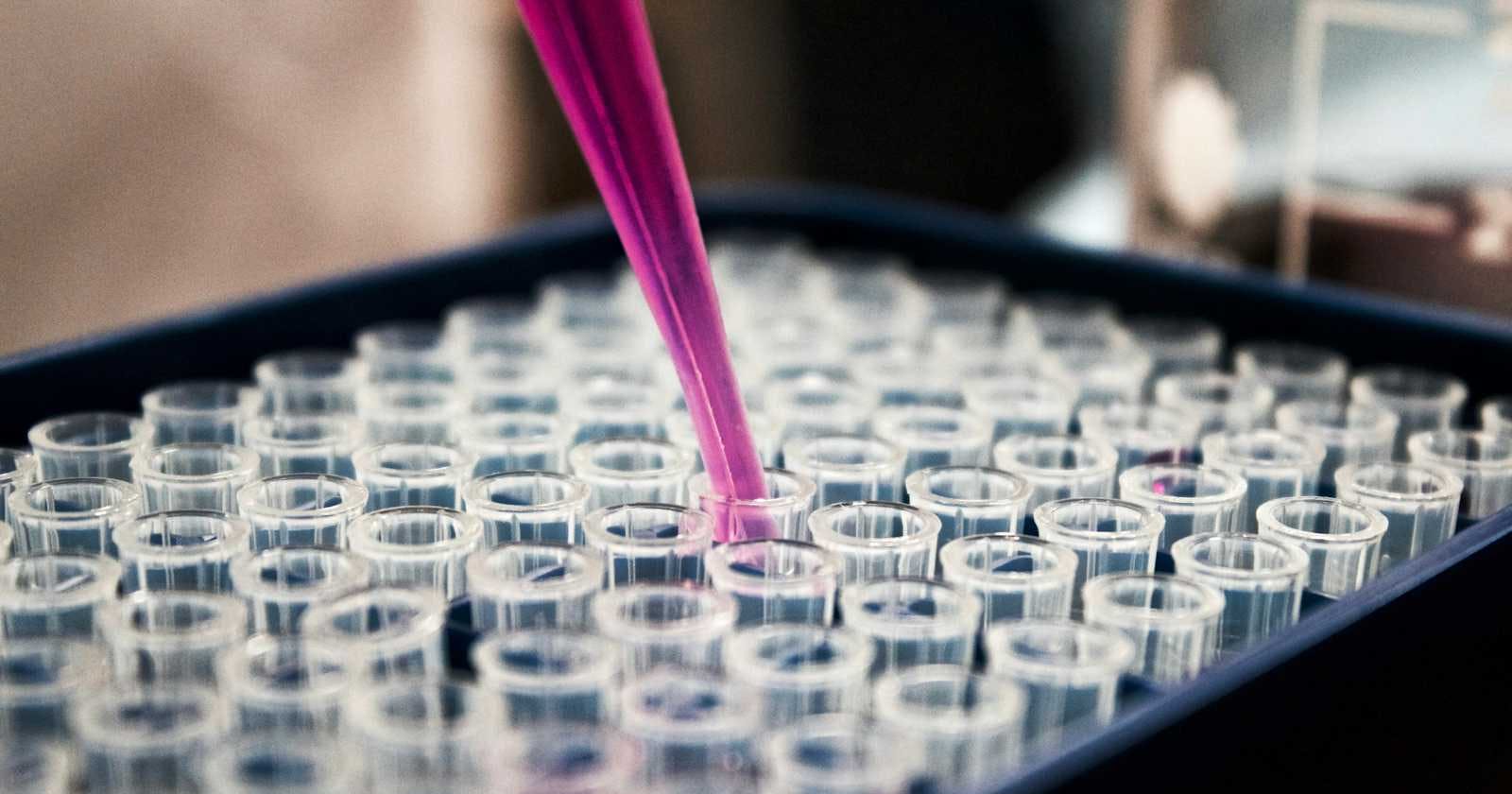
Advances in Healthcare - from genralized treatment to targeted cure
Cell Therapy, Gene Therapy and other next generational therapies
This post is part of the "Knowledge Share" blog series where I cover some interesting topics that I encounter as part of my work. With that being said, let us dive in...
Traditional Therapies
Traditional therapies are based on either chemical compounds or biologics, created same for all patients and are short-lived in our bodies. As this guide to cell and gene therapy explains
Most treatments available today are chemical compounds, such as paracetamol tablets, or biologics, like cancer drug Herceptin, taken by injection. These medicines have extended our healthy lifespan and helped address many serious conditions such as cancer. Yet most of them are one-sized-fits-all: we all take the same pill or injection for a particular condition. These treatments are produced in a standardized fashion, and most are relatively short-lived within the body.
This results in each person reacting possibly differently to the same therapy with different success rates and different extents of side effects.
Personalized Therapies
With the progress in Cell Therapy, Gene Therapy and other next-generational therapies, it has become possible to create personalized therapies that offer the potential to cure patients by developing a treatment that is more likely to succeed for the target patient rather than applying generalized treatment and dealing with side effects. Many such treatments and products have been approved and launched across the globe, and many more are under clinical trials.
As the guide to cell and gene therapy explains,
Cell and gene therapies are different. They involve extracting cells, protein or genetic material (DNA) from the patient (or a donor), and altering them to provide a highly personalized therapy, which is re-injected into the patient. Cell and gene therapies may offer longer-lasting effects than traditional medicines. They have the potential to address complex diseases, such as motor neuron disease, and many rare disorders for which there are no effective treatments.
While the concept is novel and life-saving, the creation of these therapies and administering them can be vastly different for different types of therapies, and this introduces a significant challenge in bringing these therapies to market. Let us explore three broad categories of personalized therapies.
Somatic Cell Therapy
This therapy involves extracting the patient's (donor's) cells, modifying the cells and reintroducing the modified cells into the body to treat the underlying condition, typically to treat genetic and rare disorders. A high-level process involves
Conducting Lympho-apheresis
GMP lab scope includes transduction with a vector encoding
a suicide gene
a selection marker
Infusion of donor lymphocytes expressing the suicide gene
An example of this type of therapy is Kymriah by Novartis, approved in 2017, indicated for relapsed/refracted Acute Lymphoblastic Leukemia (ALL). Another example is Yescarta by Gilead, approved in 2017, indicated for relapsed/refracted large B-cell lymphoma. Some other companies having therapies in this space are BluebirdBio, Janssen and Celgene.
Gene Therapy
This therapy involves the transplantation of healthy genetic material directly into a patient's cells through the injection of a vector (such as a retrovirus) to replace a missing gene or to correct defective genes. The lifecycle of this therapy looks something like this:
Modified DNA injected into a vector (viral DNA + New Gene + viral DNA)
Vector binds to the cell membrane
Vector is packaged in vesicle
Vesicle breaks down releasing vector
Vector injects new gene into the nucleus
Cell makes protein using new gene
An example of Gene Therapy is Luxturna by Spark, approved in 2017, indicated for a rare form of inherited vision loss via the use of an Adeno-Associated Virus (AAV) vector.
Cell Therapy Administration
With the uniqueness of Cell Therapy, several key aspects are involved in administering this therapy to patients. Manufacturers must identify Treatment Centers (Hospitals/Clinics where therapy is administered), clearly manage the expectations of patients and Treatment Center staff in terms of "what" needs to happen "when" and "where", track production lifecycle, trace orders, manage patient's case details, monitor manufacturing capacity, fulfill supply-chain formalities, etc.
To successfully implement this complex treatment, various processes must coordinate efficiently like a well-oiled machine. To manage the end-to-end supply chain required to successfully administer the treatment, manufacturers have built an IT solution landscape that involves a combination of "capabilities-available-as-a-service" (e.g. Vineti for Chain of Identity / Chain of Custody ) and custom-built sub-systems (e.g. Treatment Center Portal and Patient Case Management) that interact with each other often seamlessly.
I was fortunate to participate in a project to establish a supply chain IT landscape for a life-saving CAR-T therapy that is now available to patients in the Americas. It was a great learning experience to understand the domain, and its various complexities and determine the IT solution architecture and IT roadmap to enable near-term to long-term IT capabilities supporting this product launch. I hope that the scientific advances in this field become available to more people in need of such treatments and I feel proud that IT capabilities developed by teams such as ours will enable administering such treatments successfully and help save lives.
